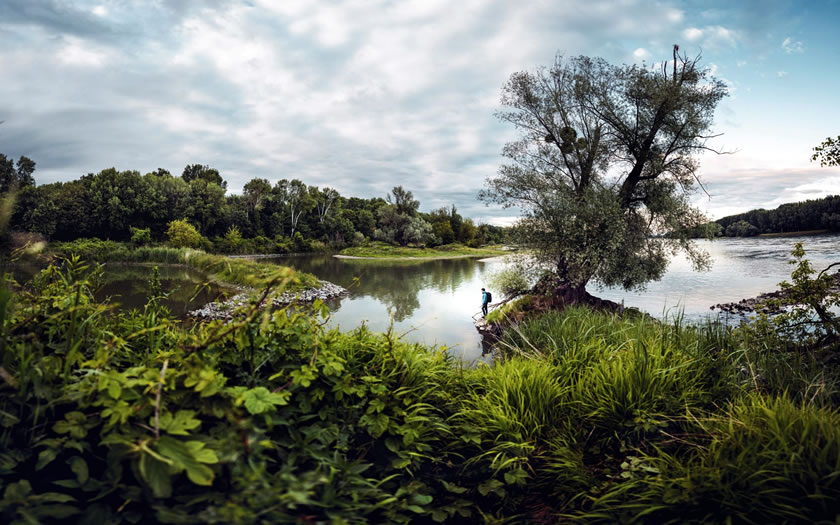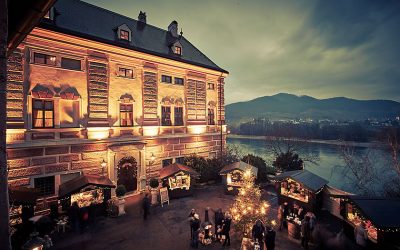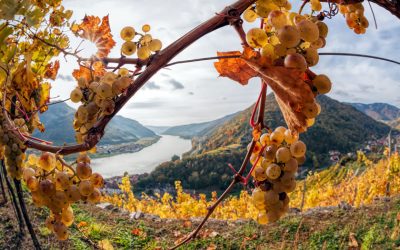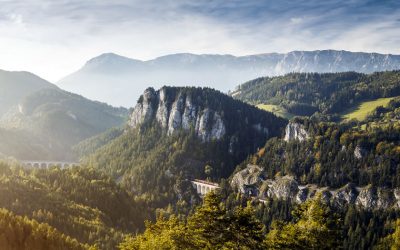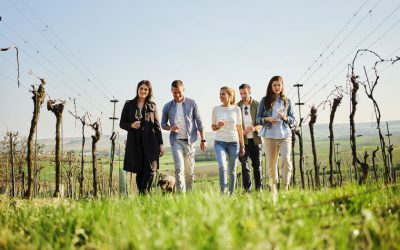The Donau-Auen National Park is a nature reserve which covers the Danube river as it flows from Austrian capital city Vienna through to the Slovakian border at Hainburg.
The name Donau-Auen literally means ‘the Danube water meadows’ (or floodplains) and aims to protect the unique species of flora and fauna that make their home in this particular landscape.
Much of the Danube river had been altered by flood protection schemes and by power stations and plans to protect the few remaining untouched sections of wetland and floodplain in Austria started back in the 1970s.
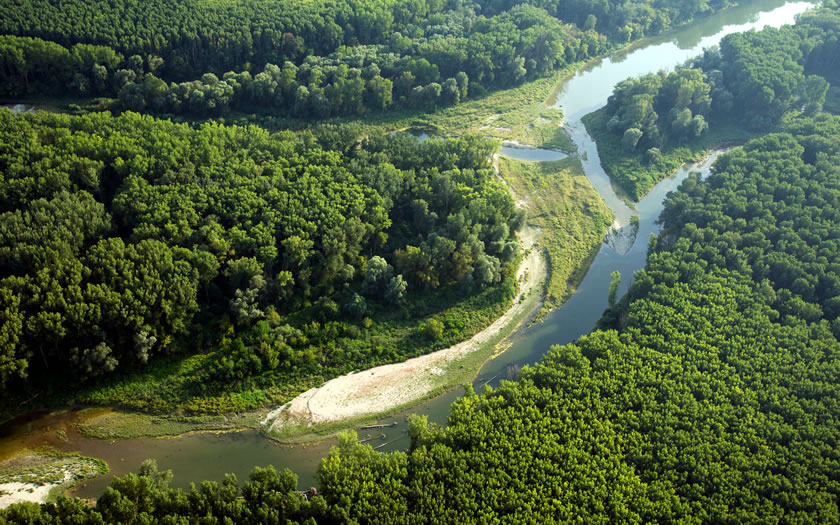
© Nationalpark Donau-Auen | Kovacs
History of the Donau-Auen National Park
The Danube was very much a natural river up until the Industrial Revolution in the 19th century. But economic changes meant that the river course was changed to make navigation and trade easier in central Europe and that many of the tributaries were dammed or controlled. Many of the woods which stood on the river banks were also felled over the decades.
The first plans for a nature reserve covering the Danube wetlands and its wildlife were launched in 1973 with work on proposals for a Donau-March-Thaya-Auen National Park. Nearly ten years later the province of Lower Austria declared the region to be a protected landscape and, shortly afterwards, a planned power station at Hainburg met with stiff public resistance and thousands of campaigners occupied the remaining forests.
The opponents of the power station managed to achieve an investigation into the future of the Danube in the area, which led to the official formation of the National Park in 1996.
Protected birds in the National Park include various members of the eagle family, especially the white-tailed eagle, the biggest bird of prey in the region.
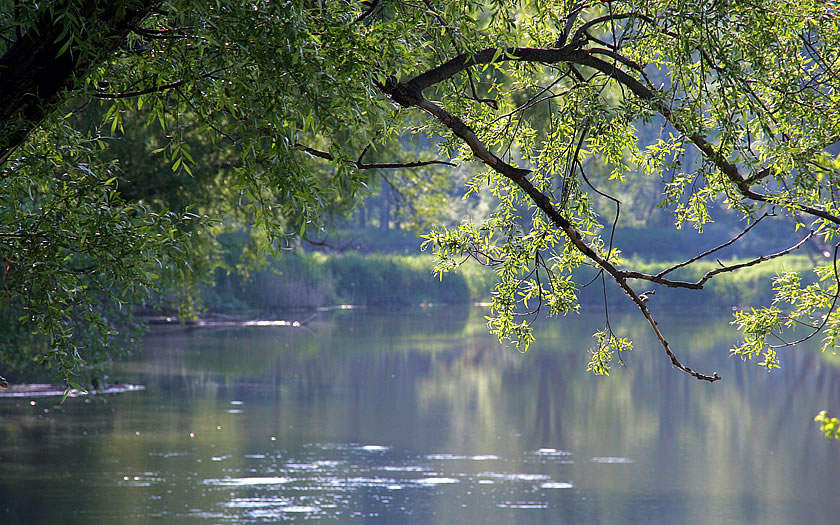
© Nationalpark Donau-Auen | Kern
Don’t Miss
Don’t miss:
- a paddle boat tour with a National Park ranger through some of the tributaries and onto the main Danube through to the border town of Hainburg
- exploring the Napoleonic history of the Lobau area and the location of the massive battle of Aspern-Essling in 1809, where French troops crossed the Danube and attacked the Austrian army
- a night walk from the National Park headquarters to see glow worms and other nocturnal creatures in the forest
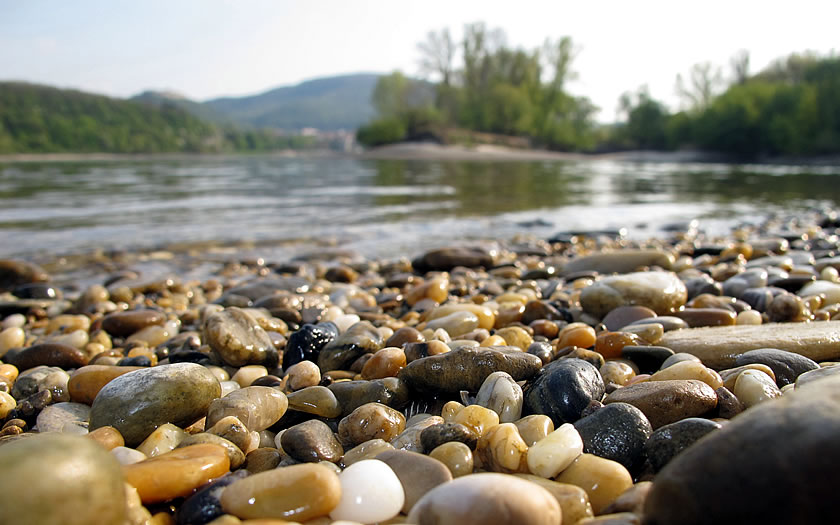
© Nationalpark Donau-Auen | Baumgartner
Travel to the Donau-Auen National Park
The Donau-Auen National Park probably has the best international connections of any major nature reserve, with Vienna International Airport located just on the borders of the protected area and the main road route between Vienna and Bratislava running along the valley of the Danube.
The southern side of the Danube is also served by the S-Bahn and regional rail services from Vienna through to Hainburg. Several postbus services cover access to the villages and the National Park centre on the northern bank of the Danube.
Best Accommodation Bases for the Donau-Auen Region
Vienna
The National Park starts in the metropolitan Vienna area in the Lobau region and there are good public and private transport options available to explore the nature reserve.
Hainburg an der Donau
At the other end of the National Park, Hainburg an der Donau offers a chance to explore the border region with Slovakia, with castle ruins and the Braunsberg hill viewpoint. There is also a circular walk to the impressive Roman ruins at Carnuntem.
Orth an der Donau
Orth an der Donau is the site of the schlossORTH National Park Centre and departure point for many of the guided tours of the area. Accommodation in Orth itself is limited to several guesthouses.
Donau-Auen Accommodation Map
Check accommodation availability in the Donau-Auen region with this map from Booking.com. Use the ‘+’ and ‘-‘ signs to zoom in on an area and reveal more options.
Booking.comUseful Sites
- Donau-Auen National Park: www.donauauen.at
- Regional Tourist Office Site: www.donau.com
- Austrian Railways: www.oebb.at
- Vienna Airport: www.viennaairport.com

